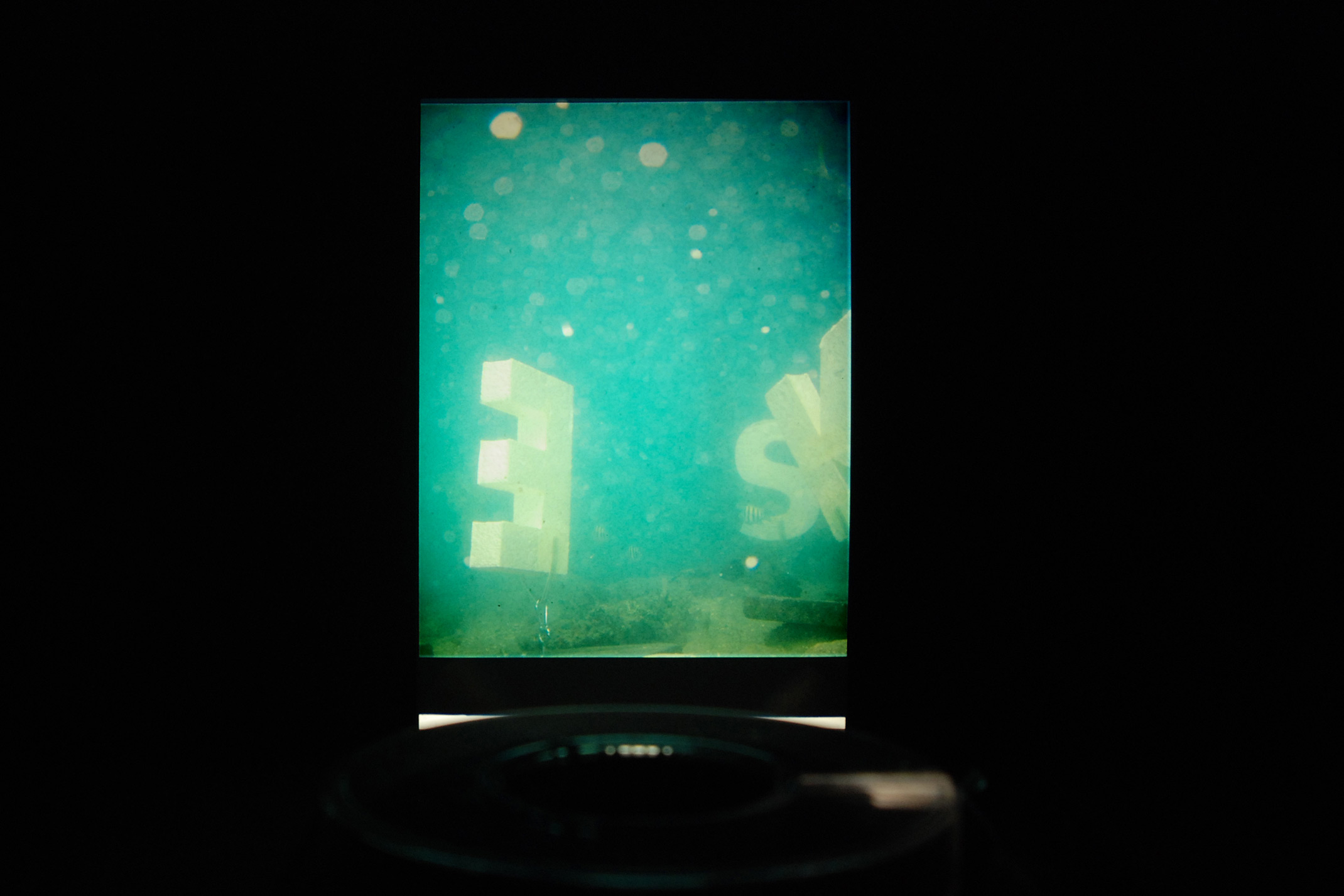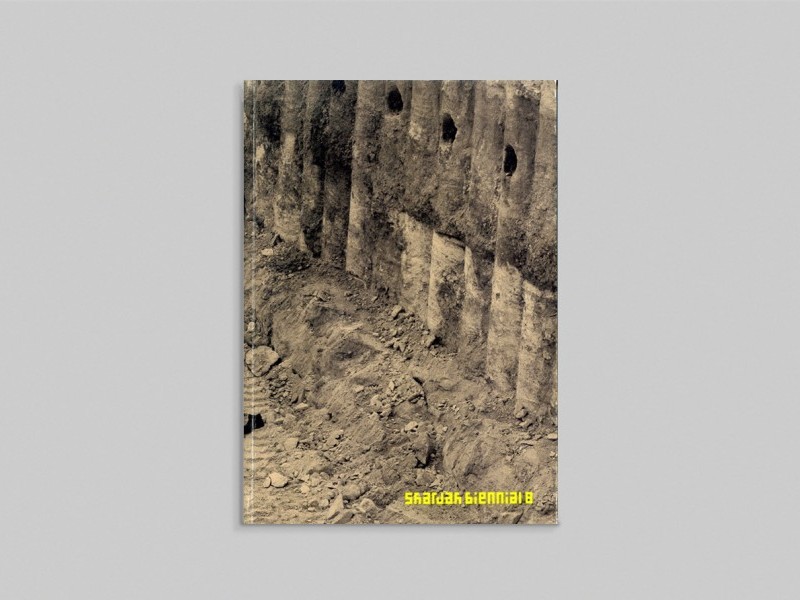
U6, 14Grad34,790N/60Grad50.969W, 2007
Michael Sailstorfer
U6, 14Grad34,790N/60Grad50.969W, 2007
26 slides, slide projector
Installation view
search


Michael Sailstorfer
U6, 14Grad34,790N/60Grad50.969W, 2007
26 slides, slide projector
Installation view
Several aspects are recurrent in the work of Michael Sailstorfer: the sculptural transformation of matter from one thing into another, the fascination with the laws of physics (and, ultimately, the construction of the universe), and the notion of mobility versus standstill – where the latter also translates into the notion of "home". As a sculptor, Sailstorfer is interested “in the idea of creating something new by taking something away”. An early work, Waldputz (Forest Cleaning, 2000), exemplifies the idea of sculpting space through creating a void: the artist cleaned a 4.8 x 4.8 square metre of ground in a Bavarian wood by removing all needles, grass and everything else but the blank soil, creating a visual square flanked by three trees. By removing also the moss from the trunks of the trees up to a certain height,the square became an immaterial cube. This neat act of domestic maintenance was not only a visual interference in an existing ecosystem; it was also a sly reference to Land and Minimal Art, e.g. the spatial inscriptions of Richard Long, Robert Smithson or Jan Dibbets.
A house stands at the centre of the work 3-Ster mit Aussicht, (3-Star with a view, 2002), in collaboration with Jürgen Heinert. The artists purchased a wooden chalet in the Bavarian countryside, just to feed it piece by piece into its own wood-stove, until only the smouldering stove and a smoking chimney remained. The outcome of this performance without audience, which lasted from dawn until dusk, is a series of photographs and a less than 2-minute film, which shows the architecture dismantling and engulfing itself in a slapstick- like act of self-destruction. Yet, the image itself is highly romantic – imagine Gordon Matta Clark meets Caspar David Friedrich for a picnic on a lawn. A similar twist on reverse entropy is performed in the work Sternschnuppe (Shooting Star, 2002), in which a Mercedes Benz W123 powers a street lamp,which sits on a launching ramp on the back of the car; the glowing lamp-post is then fired into the evening sky–a heartbreaking romantic image, but executed on a weapon-like apparatus. The flight of the lamp-post lasts only as long as a distant falling star appears on the iris, until it crashes to the ground just a few metres from the launching vehicle.
The notions of velocity vs. standstill, entropy and material transformation through gradual erosion, is once again exemplified in Zeit ist keine Autobahn(Time is not a Highway, 2005). Powered by an electric motor, one car wheel after another runs at high speed into a wall, until the rubber is pulverised by constant attrition and the tube finally bursts. The melancholy, or absurdity, of this piece could almost be seen as a laconic metaphor for society’s never-ending demand for speed – and the waste (in both energy and matter) that comes with it.
Eva Scharrer
This project was part of Sharjah Biennial 8.

This catalogue accompanied Sharjah Biennial 8, which attempted to renegotiate the relationship between art and ecology into a system of cohabitation.

The second book in the Still Life: Art, Ecology and the Politics of Change series, documents Sharjah Biennial 8 as it was on view.